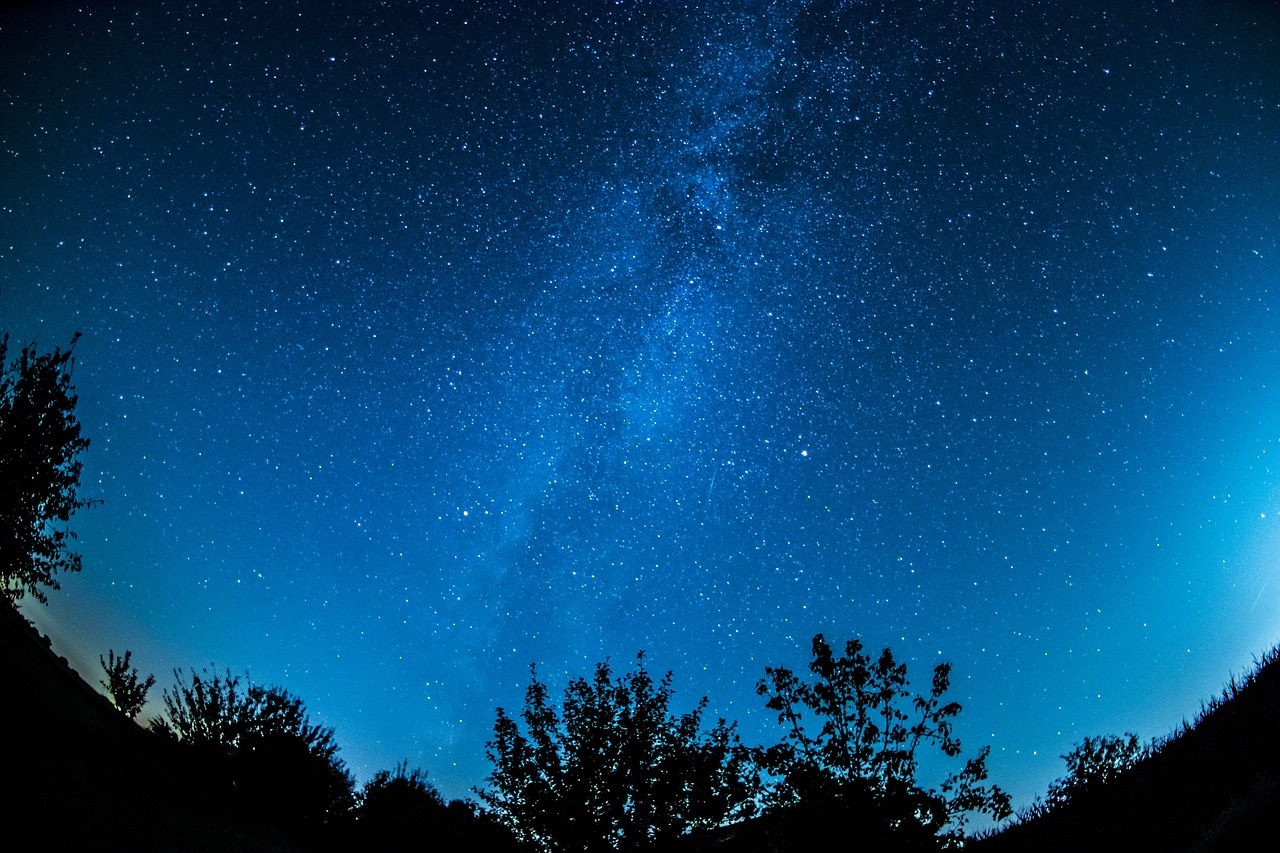Stars, the brilliant points of light that adorn the night sky, have fascinated humanity for millennia. But behind their celestial beauty lies a complex process of formation that has intrigued scientists for decades. Understanding how stars are born reveals not only the mechanics of our universe but also the very origins of the elements that make up everything around us.
The Process of Stellar Birth: understanding the Science Behind Star Formation
The birth of stars occurs deep within vast clouds of gas and dust known as molecular clouds. These clouds are often located in the spiral arms of galaxies and are primarily composed of hydrogen, the most abundant element in the universe. Within these clouds, the conditions are cold and dense, allowing atoms to combine into molecules, which helps to cool the cloud and enables the condensation of matter.
Gravity plays a pivotal role in the initial stages of star formation. Over time, regions within these clouds begin to collapse under their gravitational pull, drawing in more material from the surrounding area. As these regions collapse, they fragment into smaller cores, each with the potential to become a star. As the core contracts, the pressure and temperature at its center rise, leading to the formation of a protostar, a young star still in the process of gathering mass from its surroundings.

The Role of Protostars in Star Formation
A protostar represents an early stage in the life of a star. During this phase, the collapsing material forms a spinning disk around the young star, and jets of gas are often ejected from the poles of the protostar. These jets can extend over vast distances and are a clear indication that a new star is forming.
As the protostar continues to accumulate mass, the pressure and temperature at its core continue to increase. When the core temperature reaches around 10 million degrees Celsius, nuclear fusion ignites. This fusion process converts hydrogen into helium, releasing a tremendous amount of energy in the form of light and heat. At this point, the protostar becomes a main-sequence star, like our Sun, shining steadily for millions or even billions of years.
The Life Cycle of Stars: from Birth to Death
The life of a star is a delicate balance between the inward pull of gravity and the outward pressure from nuclear fusion. This balance, known as hydrostatic equilibrium, determines the star’s size, temperature, and lifespan. More massive stars burn through their fuel much faster than smaller stars, leading to shorter lifespans and more dramatic deaths.
Stars can be classified into various types based on their mass and temperature. Massive stars, much larger than our Sun, have much shorter lives, often ending in spectacular supernova explosions. These explosions scatter elements like carbon, oxygen, and iron into space, enriching the surrounding gas clouds with the building blocks of planets and life.
On the other hand, smaller stars, like red dwarfs, burn their fuel slowly and can last for trillions of years. These stars are the most common in the universe, but their faint glow makes them difficult to observe.
The Importance of Star Clusters in Understanding Stellar Evolution
Star clusters provide valuable insights into the process of star formation and evolution. These clusters are groups of stars that have formed together from the same molecular cloud and are gravitationally bound to each other. There are two main types of star clusters: open clusters and globular clusters.
Open clusters contain a few hundred to a few thousand stars and are relatively young, often only a few million years old. These clusters are found in the spiral arms of galaxies and are ideal for studying the early stages of star formation.
Globular clusters, on the other hand, are much older and contain hundreds of thousands of stars. These clusters orbit the center of galaxies and provide a glimpse into the conditions of the early universe.
The Elements of Star Formation
Understanding star formation is not just about observing the process; it also involves understanding the elements and forces at play. Here are some key points to consider :
- Gravity: the driving force behind the collapse of molecular clouds and the formation of protostars.
- Molecular Clouds: dense regions of gas and dust where stars are born.
- Nuclear Fusion: the process that powers stars, converting hydrogen into helium and releasing energy.
- Star Clusters: groups of stars that provide insights into stellar evolution.
- Stellar Nucleosynthesis: the process by which stars create heavier elements, such as carbon, oxygen, and iron.
The Significance of Stellar Birth for the Universe
The birth of stars is not just a local phenomenon; it has cosmic significance. Stars are the factories of the universe, where elements are forged and energy is radiated across space. Without the birth of stars, the universe would be a dark and barren place, devoid of the complexity needed for planets and life to exist.
As stars evolve, they influence their surroundings, creating stellar winds and supernovae that shape galaxies. The elements created in stars are spread throughout the cosmos, eventually forming new stars, planets, and even the building blocks of life. Understanding the science behind star formation, therefore, sheds light on the very processes that led to the creation of the solar system and everything in it.
Stars are the engines of the universe, driving the cycles of matter and energy that make the cosmos dynamic and ever-changing. From the first stars that illuminated the early universe to the ongoing formation of stars in galaxies today, the birth of stars continues to be a fundamental process that shapes the universe. As science advances, the understanding of this process deepens, revealing the intricate and awe-inspiring nature of star formation.

